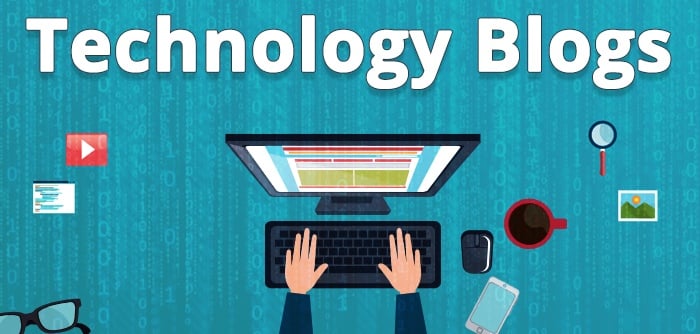Technical content writing encompasses a wide range of written materials that aim to convey complex information in a clear and concise manner. From software documentation to user guides and whitepapers, the field of technical writing offers various types of content to cater to different needs and audiences. In this article, we will explore some common types of technical content writing and their characteristics.
6 Types of Technical Content Writing
Below you can find the different types of content writing.
1. User Manuals and Guides
User manuals and guides are essential resources that provide step-by-step instructions on how to use a product or service. These documents are often structured to help users understand the features, functionalities, and troubleshooting procedures. User manuals typically include diagrams, illustrations, and screenshots to enhance comprehension. Clear, concise language and a logical organisation are crucial for ensuring users can easily navigate and understand the information.
2. Technical Documentation
Technical documentation serves as a comprehensive reference for developers, system administrators, and technical users. It provides in-depth information about the architecture, configuration, and implementation of software, hardware, or systems. So, if you are writing a technical blog, it may include API documentation, system requirements, code samples, and network diagrams. Accuracy, precision, and adherence to industry standards are key in this type of writing to ensure technical professionals can effectively utilise and maintain the technology.
3. Whitepapers
Whitepapers are authoritative documents that delve into a particular topic, problem, or solution within a specific industry. They aim to educate readers and offer insights, analysis, and recommendations based on research and expertise. Whitepapers often address complex subjects, such as emerging technologies, industry trends, or best practices. They require a balance between technical depth and readability to engage both technical and non-technical audiences.
4. Case Studies
Case studies showcase real-world examples and success stories related to a particular product, service, or solution. They demonstrate how a company or individual overcame challenges, achieved goals, or implemented innovative approaches. Case studies typically include problem descriptions, methodologies, results, and testimonials. The ability to present technical information in a compelling narrative while highlighting benefits and outcomes is crucial in this type of content.
5. Tutorials and How-to Guides
Tutorials and how-to guides provide step-by-step instructions for completing specific tasks or achieving desired outcomes. They are often used in software documentation, programming guides, or online learning platforms. These types of content require a clear and concise writing style, accompanied by screenshots, code snippets, or video demonstrations. Tutorials and how-to guides should cater to different skill levels, ensuring beginners can follow along while offering advanced tips for experienced users.
6. Knowledge Base Articles
Knowledge base articles serve as repositories of information to help users troubleshoot problems, find answers to common questions, and explore features and functionalities. They are typically organised into categories or topics and can be accessed through an online platform or customer support portal. Knowledge base articles should be well-structured, searchable, and written in a user-friendly manner, allowing users to quickly find relevant information and resolve issues independently.
Technical content writing encompasses a diverse range of materials. Each can be an unique content with different purpose and target audience. Whether it’s user manuals, technical documentation, whitepapers, case studies, tutorials, or knowledge base articles, each type requires specific skills, industry knowledge, and an understanding of the intended readership. By utilising the appropriate type of technical content, businesses can effectively communicate complex information, enhance user experiences, and support their products and services.




